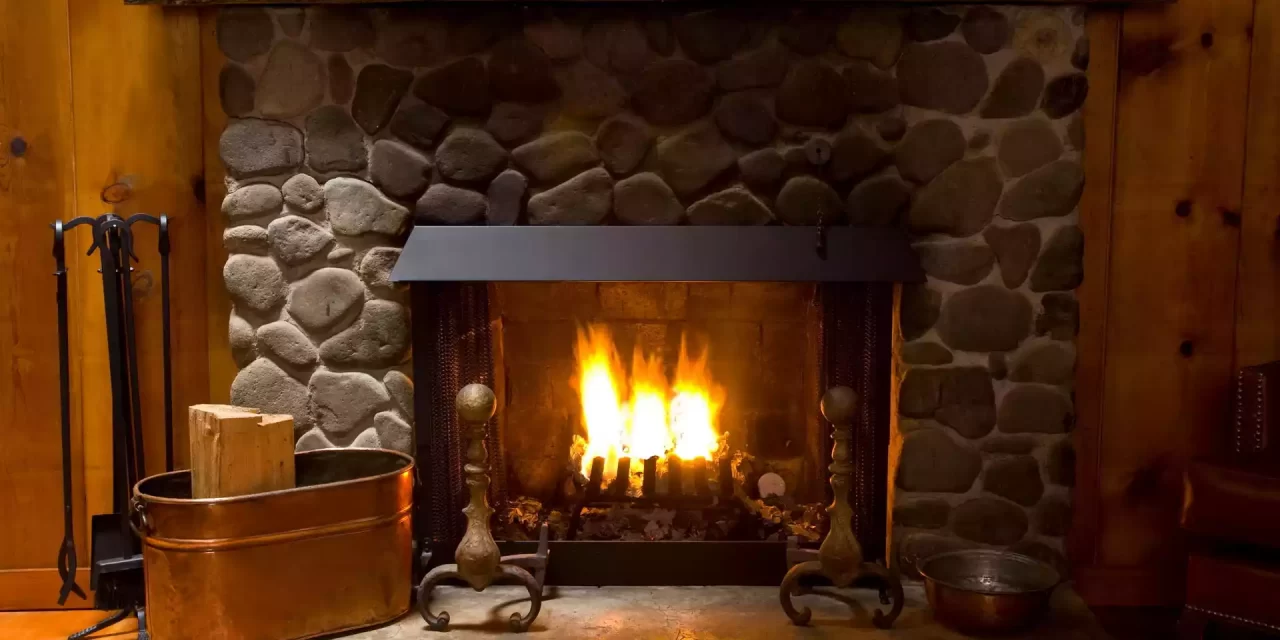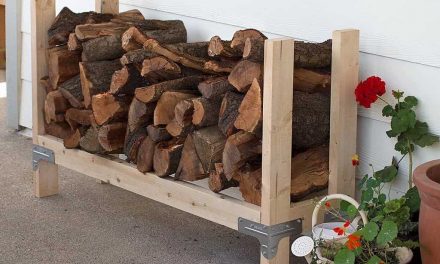In modern times, we are all trying to reduce the carbon footprint we produce in our day to day lives. This can be done in forms like recycling or using less plastics.
One way to reduce your carbon footprint on the environment is to use a fireplace to heat your home.
While fireplaces are not perfect, they can be a better alternative to central heating. Not only will it help lessen carbon emissions but will also save you money!
What is the most environmentally friendly fireplace?
Bio-ethanol fireplaces are a wonderful way to help reduce our impact on the environment. Bio-ethanol fuels are made of alcohol made of things like corn.
Corn can be a great crop grown that will have less impact on the environment. Burning bio-ethanol fuels releases less emissions than traditional fuel sources
Bio-ethanol fuels can help heat a home to an efficient temperature.
These fireplaces do not need to be vented like traditional fireplaces because they do not smoke or produce carbon dioxide. It works like a candle.
Are gas fireplaces more environmentally friendly?
Gas fireplaces are a little more environmentally friendly than the alternative. Gas has some disadvantages. Gas is not renewable like bioethanol or wood.
Gas, however, can produce the same amount of heat as the other fireplaces. It uses less resources than centralized heating would.
Are open fireplaces bad for the environment?
An open fireplace can be a little worse for the environment than bio-ethanol fuel. This is because of the emissions that burning wood can produce.
These fireplaces though can be good for heating a home efficiently and for free as wood can be a free option for those of us with the ability to harvest and store our own wood.
Calling a professional fireplace sweep is important to the health and safety of your family. While the environment is important, your families health should be your number one priority! A properly swept chimney is better and more efficient as well.





